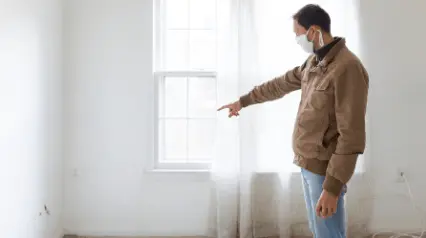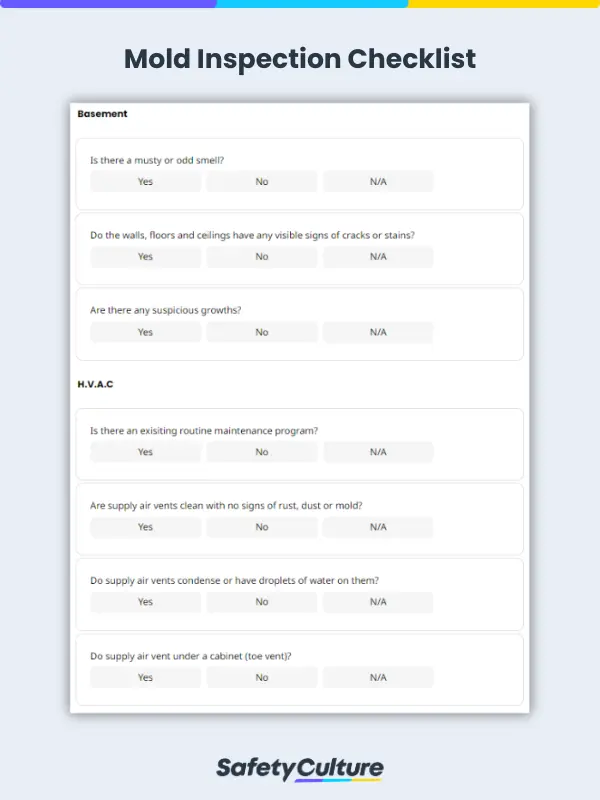What is a Mold Inspection?
A mold inspection is the process of detecting the presence of molds in a property or facility and analyzing its cause and then eliminating it. Landlords or property managers should regularly perform mold inspections to foresee potential mold formation before they turn to an infestation.
Mold infestations can lead to further contamination and pose negative health risks to tenants (e.g., sinuses, wheeling and exacerbation of asthma) which in turn, can result in fines and legal disputes.
Areas to Inspect During Mold Inspections
Property managers or landowners should be responsible to perform mold inspections before and after the occupation of a property. Often, mold growth is invisible to the naked eye which makes it difficult to detect. To help you get started, here are the crucial areas where mold is likely to grow:
1. Indoors
Indoor areas such as the basement, HVAC, kitchen, ceilings, laundry room, attic, and living room are the most common areas inside the house where mold could grow. Do a visual inspection in these areas and answer guide questions in a mold inspection checklist like:
“Do you have any musty odors?” “Do the walls, floors and ceilings have any visible signs of cracks or stains?” “Is there any water damage or moisture in or around the fireplace?”
2. Outdoors
External areas of the property such as the foundation, windows and doors, central air unit, faucets, sprinklers hose attachments, and roof are also possible areas mold could grow because these are the areas that often get wet. Easily detect mold formation with inspection questions like:
“Do you have any musty odors?” “Do the walls, floors and ceilings have any visible signs of cracks or stains?” “Is there any water damage or moisture in or around the fireplace?”



